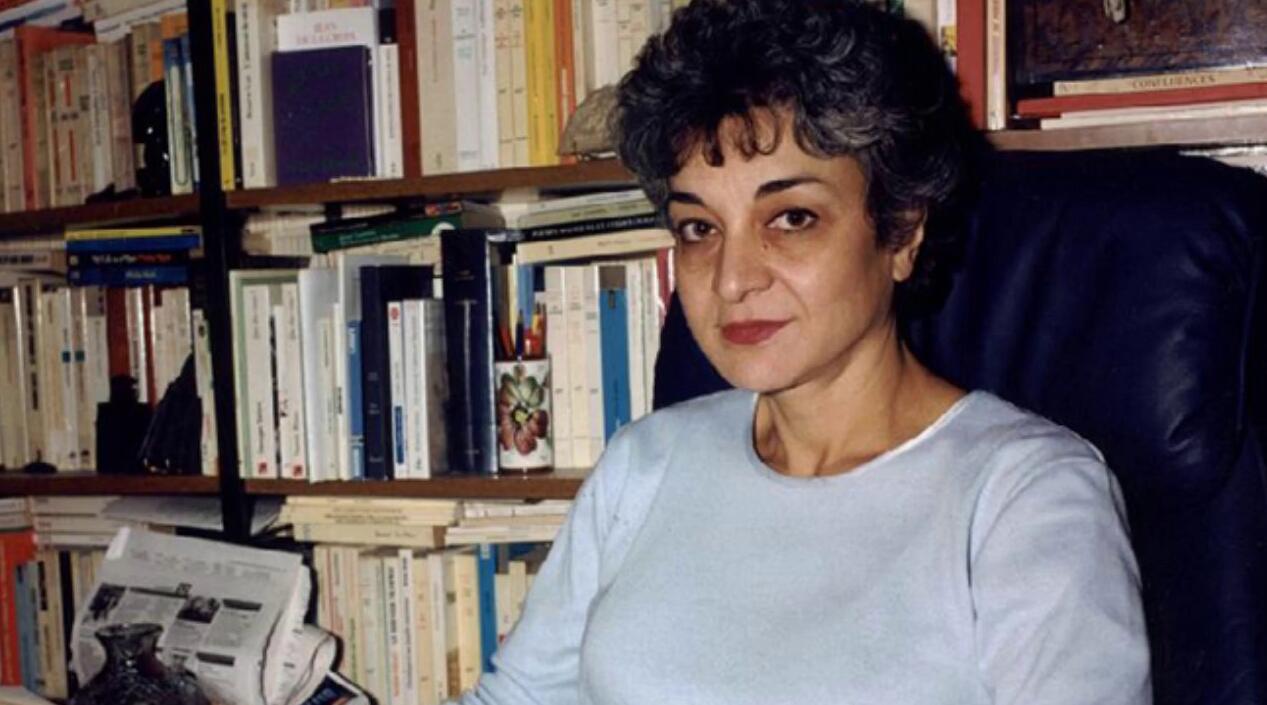Mass Media in Eastern Africa
Mass Media in Ethiopia
The dominant newspapers in Ethiopia are state controlled, with Addis Zemen (Amharic, founded in 1941, circulation approximately 40,000) and Ethiopian Herald (English, founded in 1943, circulation 37,000) published by the Ministry of Information. The state Ethiopian broadcast started radio broadcasts in 1941. During the military regime, the individual liberation organizations had their own radio stations in their areas; these have partly continued their business. Television broadcasts started in 1964, and the state-run television company Ethiopian Television (founded in 1964) is partly advertising funded. Today, Radio Ethiopia broadcasts national programs in nine languages and foreign programs in three. It broadcasts in one channel to 26 regional stations.
Mass media in Ethiopia has always been heavily controlled by the political authorities. After the EPRDF took power in 1991, the media experienced temporary liberalization, which led to significant growth in newspapers and radio stations. Most of these had a short life, often due to pressure from the authorities. Freedom of the press got tighter after the election in 2005, and especially after the introduction of a new media law in 2008. Freedom has been further restricted in recent years, where a number of journalists have been imprisoned and private independent newspapers and radio stations have been closed. Many of the imprisoned journalists have been convicted under Ethiopia’s Anti-Terrorism Act (passed 2009), which has made Reporters Without Borders and other human rights organizations strongly involved.

Mass media in Tanzania
The situation for the country’s media has changed a lot since the introduction of the multi-party system in the 1990’s. Now Tanzania has eight daily newspapers, the largest being Uhuru (about 100,000), which is the party body of CCM, the former state-carrying party in the country. Both Swahili and English are used in the press. The mainland and Zanzibar have different media policies, in the islands there are neither private newspapers nor broadcasters, although one can receive broadcasts and read newspapers from the mainland. – There are nine broadcasting companies that operate radio, of which Radio Tanzania and Parapanda Radio Tanzania (PRT) are owned by the state and broadcast in Swahili domestically. International broadcasts in English. Many of the radio stations forward news reports from major foreign companies such as the BBC, Voice of America and Deutsche Welle. The Catholic Church operates its own radio. Television has only grown to a somewhat larger extent since the mid-1990’s. The first nationwide private television station started broadcasting in 1994, now there are a total of five, but already from 1973 the state Television Zanzibar had run color television broadcasts on Zanzibar. In 2001, a state television station was also launched on the mainland (Televisheni ya Taifa, TVT), but this is not yet nationwide.

Mass media in Kenya
As a major country located in east Africa according to Countryaah, Kenya has six daily newspapers, four of which are in English and two in Swahili. The largest is the English-language Daily Nation (founded in 1960, edition 2007: about 205,000), second largest is The Standard (formerly East African Standard, founded in 1902, circulation about 59,000). Daniel arap Moi’s regime placed restrictions on what political issues the Daily Nation could cover and the media’s discussion of political conditions in Kenya was characterized by caution. Critical newspapers were subject to sanctions. After Mwai Kibaki and the rainbow coalition came to power in 2002, this is over.
The public broadcaster Kenya Broadcasting Corporation (KBC, to 1989 Voice of Kenya) has three radio programs; in Swahili, English and a program that broadcasts in 16 local languages. Television broadcasts started in 1962, and the state-run KBC-TV, which has five channels, is funded by license fees, advertising and state aid. The broadcasts are in Swahili and English. In addition, there are five private television companies, one of them, the Kenya Television Network (KTN-TV), which started in 1990.

Mass media in Uganda
In 2005, nine daily newspapers, all of them in Kampala, six of them in English and three in Luganda, published the largest edition of the official government newspaper New Vision (34,000 on weekdays and 42,000 on Sundays). The press has a relatively free position, but government-critical articles are forbidden. – The state-controlled Radio Uganda (founded in 1954) broadcasts in 24 languages in two channels, including English, French, Arabic, Swahili and local languages. An independent radio station also has national broadcasts. The Uganda State Television (UTV, started 1962) broadcasts mainly in English in one channel. In addition to the state broadcasting business, there are also private radio and television stations. the independent Sanyu Television (established 1994) which broadcasts in the Kampala area.
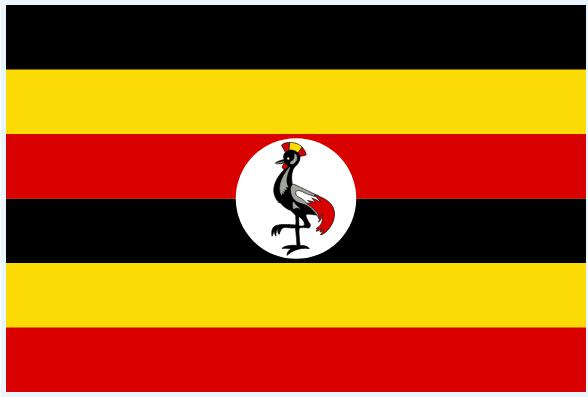
Mass media in Mozambique
Six daily newspapers are published, the largest being Notícias de Mozambique (under state administration since 1991), which is published in Maputo, edition 2003: approx. 12,800. The second largest is Diário de Mozambique which is published in Beira, circulation approx. 5000. In addition, there are around 20 magazines and other publications that come out weekly or less frequently.
The State Radio Mozambique broadcasts in Portuguese, English and regional languages. In addition, there are six private radio stations, including Radio Miramar, run by a Brazilian sect, the universal Church of the Kingdom of God. There are four television companies: the State Televisão de Mozambique (TVM), which broadcasts from three cities, Radio Televisão Klint (RTK), which only broadcasts from Maputo and the religious station Televisão Miramar. In addition, there is a cable and internet company in Maputo. Both the radio stations and the television companies receive advertising revenue.

Mass media in Madagascar
In 1990, Madagascar introduced a law that guarantees freedom of the press and the right to establish new newspapers without government approval. Madagascar has 12 daily newspapers in Madagascan and French, the largest being the French-speaking Gazetiko (circulation 2004: 50,000).
The state broadcasting monopoly was abolished in 1990. In 2001, there were 127 radio stations in addition to the state Radio National Malagasy, which broadcasts radio programs in French, English and Madagascan. Television broadcasts got underway in 1968, and in addition to the state, partly commercial-financed Télévision Nationale Malagasy, in 2001 there were 13 television stations.
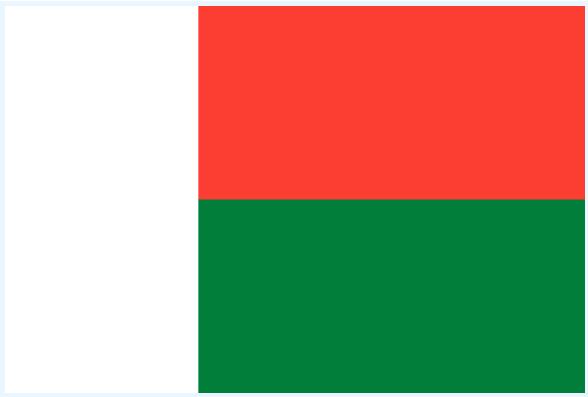
Mass media in Zimbabwe
There are two English-language newspapers, both of which were founded in the 1890’s. The largest is published in Harare (The Herald, edition 2004: about 120,000); the other (The Chronicle, edition: 44,000) is published in Bulawayo and covers the southwestern part of the country. A third newspaper, The Daily News, was closed by the authorities in 2003.
The broadcasting business is run by Zimbabwe Broadcasting Corporation. Four nationwide radio channels broadcast in English and regional languages. One of the channels only sends teaching programs. The television broadcasts in two channels from Harare and Bulawayo.
All broadcasting activities sent from Zimbabwe and all major newspapers are controlled by the state and must comply with state directives. The country has introduced very restrictive press laws that criminalize the publication of inaccurate information and allow the imprisonment of journalists who do not register with the authorities. The law has been condemned by the EU, the US and press freedom organizations.
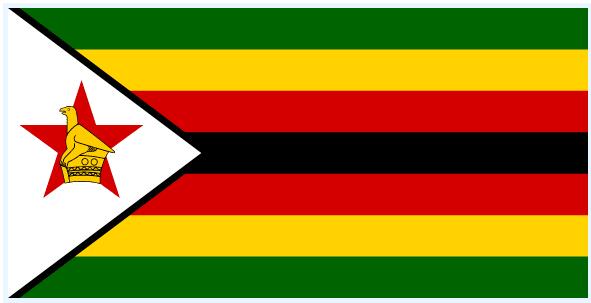
Mass media in Zambia
Three daily newspapers are published in English, two are state-owned, one is private. The largest are the two state-owned Zambia Daily Mail (circulation 2005: 40,000) and The Times of Zambia (circulation 2005: 25,000). In addition, a large number of weekly newspapers and journals are published.
Radio and television are state-run. In addition to the ordinary broadcasting company Zambia National Broadcasting Corporation (radio broadcasts in English and 7 local languages, television broadcasts in English), there is a separate state company that broadcasts radio and television teaching programs. Multi-channel pay-TV is also available. There are two private radio stations, but they bring little political substance. BBC World Service and Radio France International can be broadcast on FM in Lusaka and Kitwe.
Freedom of the press is severely limited by several laws, including defamation and security laws, which have made journalists’ work more difficult, especially work on corruption cases. Defamatory statements against the president are illegal and punishable.

Mass media in Rwanda
The civil war from 1990 to 1994 also hit the media in Rwanda. The country has no daily newspapers, but several newspapers and magazines come out in small editions, every fortnight or less often. The state radio station Radio Rwanda broadcasts daily in French, Kinyarwanda, Swahili and English. The German station Deutsche Welle Relay Station Africa broadcasts daily in German and six other languages. During the Civil War, both parties had their own radio broadcasts.
Since 1994, the UN and aid organizations have had radio broadcasts in Kinyarwanda, not least in order to disseminate information to refugee camps in and outside the country. The state Television Rwandaise (TVR) reaches about 60 percent of its population with its television broadcasts.
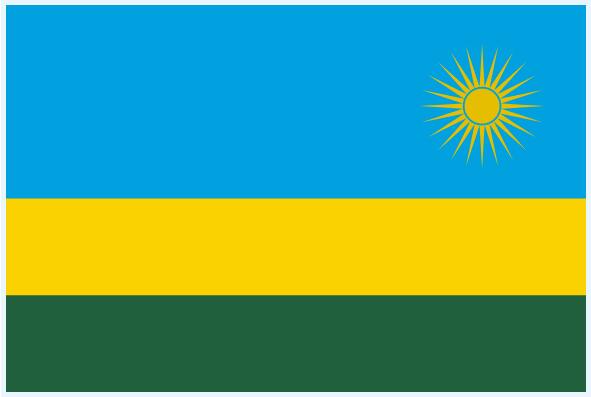
Mass media in Burundi
Burundi has one newspaper in French. It is the state-controlled Le Renouveau du Burundi with a circulation of around 20,000 copies. The newspaper is published by the party UPRONA, and comes out three days a week.
The state broadcasting company Radiodiffusion et Television Nationale du Burundi (formerly Voix de la Révolution) broadcasts radio programs in French, English, Kirundi and Swahili. Radio broadcasts started in 1960, and television broadcasts in 1985. The EU financed a private radio station, Radio Umwizero (Radio Hope), which started its broadcasts in 1996. The purpose of the radio station was to contribute to national reconciliation.
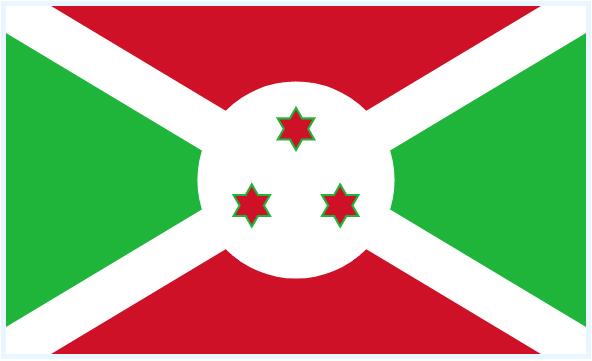
Mass media in Eritrea
Eritrea has one daily newspaper, Hadas Eritra, which is owned and controlled by the authorities (circulation 49,000). Some weekly and monthly newspapers are published by various public agencies. The state radio station broadcasts programs in 11 languages. Television broadcasts started in 1993; the state television channel broadcasts in four languages.

Mass media in Mauritius
Mauritius has 10 daily newspapers that are published in English, French and Chinese. The largest are Le Mauricien and L’Express with a circulation of about 35,000 copies. Both are published in French and English. The third largest newspaper is Le Quotidien, with a circulation of around 30,000. It also comes out in English and French. In addition, a number of magazines and magazines are published in Mauritius.
The Mauritius Broadcasting Corporation was previously controlled by the state and was financed with state licensing fees, advertising and grants. In 1997, the state broadcasting monopoly was abolished, and the company is now independent. Some pay-TV stations have started operations, and privately owned radio stations were allowed in 2002. There are radio broadcasts in French, English, Indian languages and Chinese. Commercial television broadcasts started in 1965.

Mass media in the Comoros
A daily newspaper and weekly newspapers are published in the Comoros. The daily newspaper Le Matin des Comores and the weekly newspaper Al Watwan are state owned; the weekly newspapers La Gazette des Comores and Kashkazi and the monthly newspaper L’Archipel are independent.
The state radio station Radio Comoro and broadcasts domestic radio programs in Comorian and French as well as foreign programs in Arabic, French and Swahili. In 1994, transfers began from French radio to the Comoros. There are also several privately owned radio stations. Television broadcasts started in 2004, and there are now three television companies in the country.
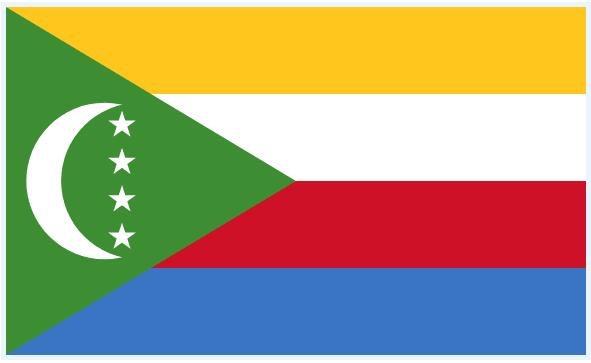
Mass media in Seychelles
The state controls large parts of the Seychelles’ media. The country’s only daily newspaper, the Seychelles Nation, is published by the Ministry of Information. In 2004, the newspaper had a circulation of 3500 copies. The Roman Catholic Church and some political organizations are publishing six newspapers that come out every week or less frequently. All newspapers in Seychelles are printed in English, French and Creole.
Broadcasting Seychelles Broadcasting Corp. was founded as a state company in 1983, and became formally independent from 1992. The company broadcasts radio and television programs in the same three languages. What is now the radio part, SBC Radio, started its business in 1941. Television broadcasts started in 1983.


